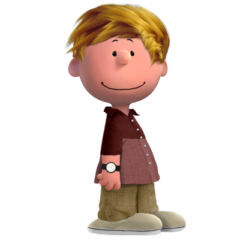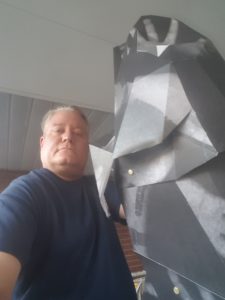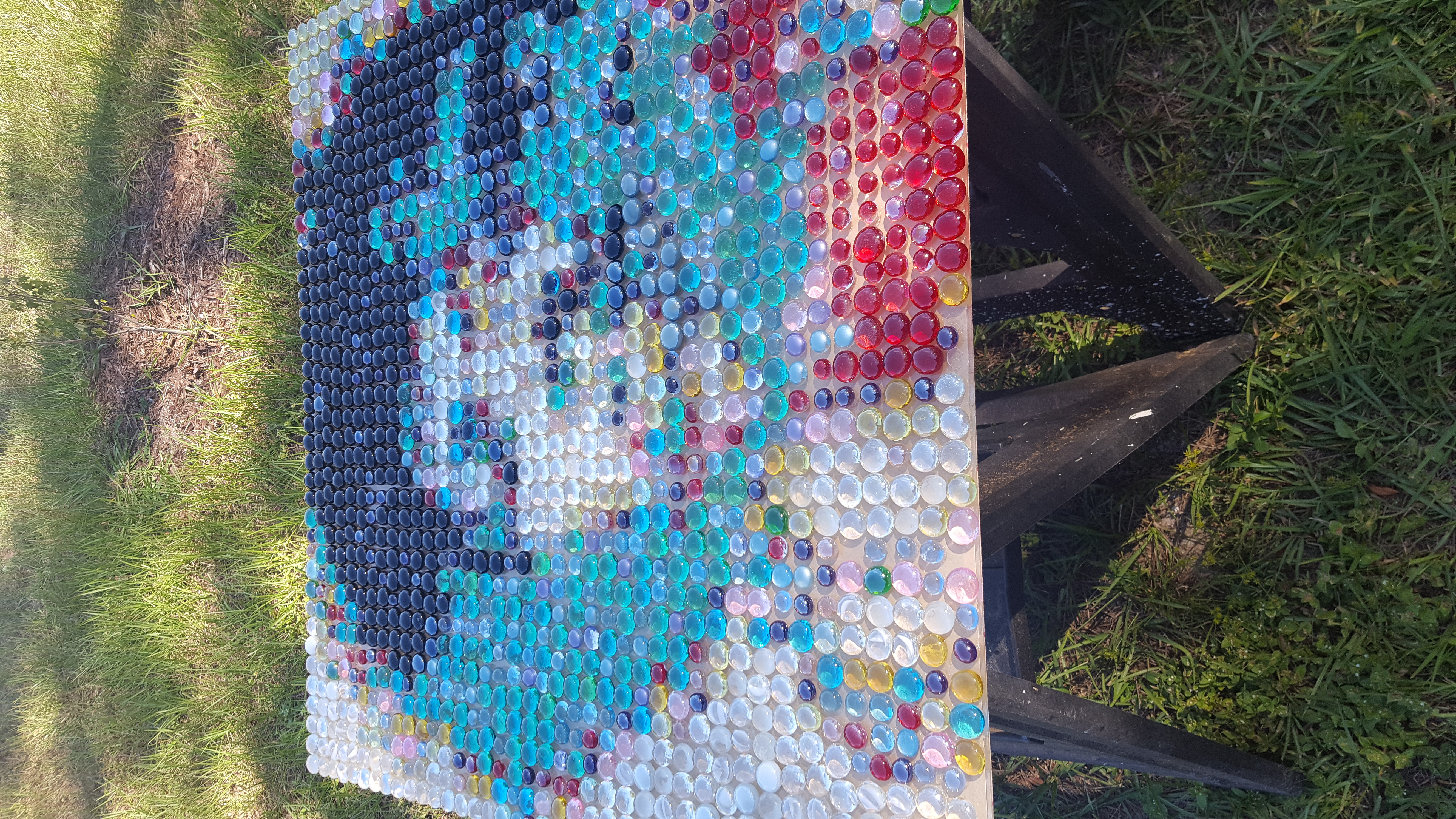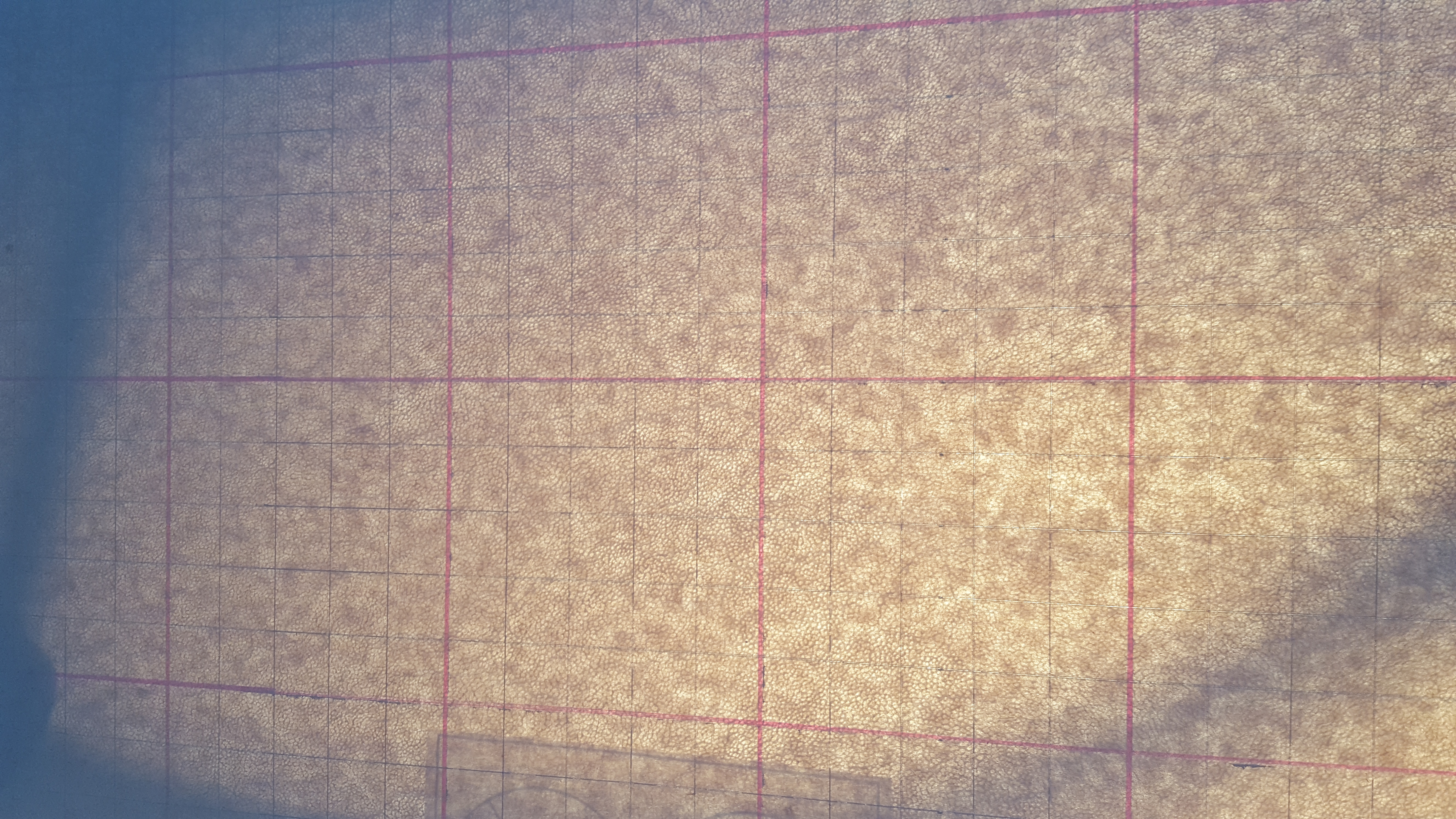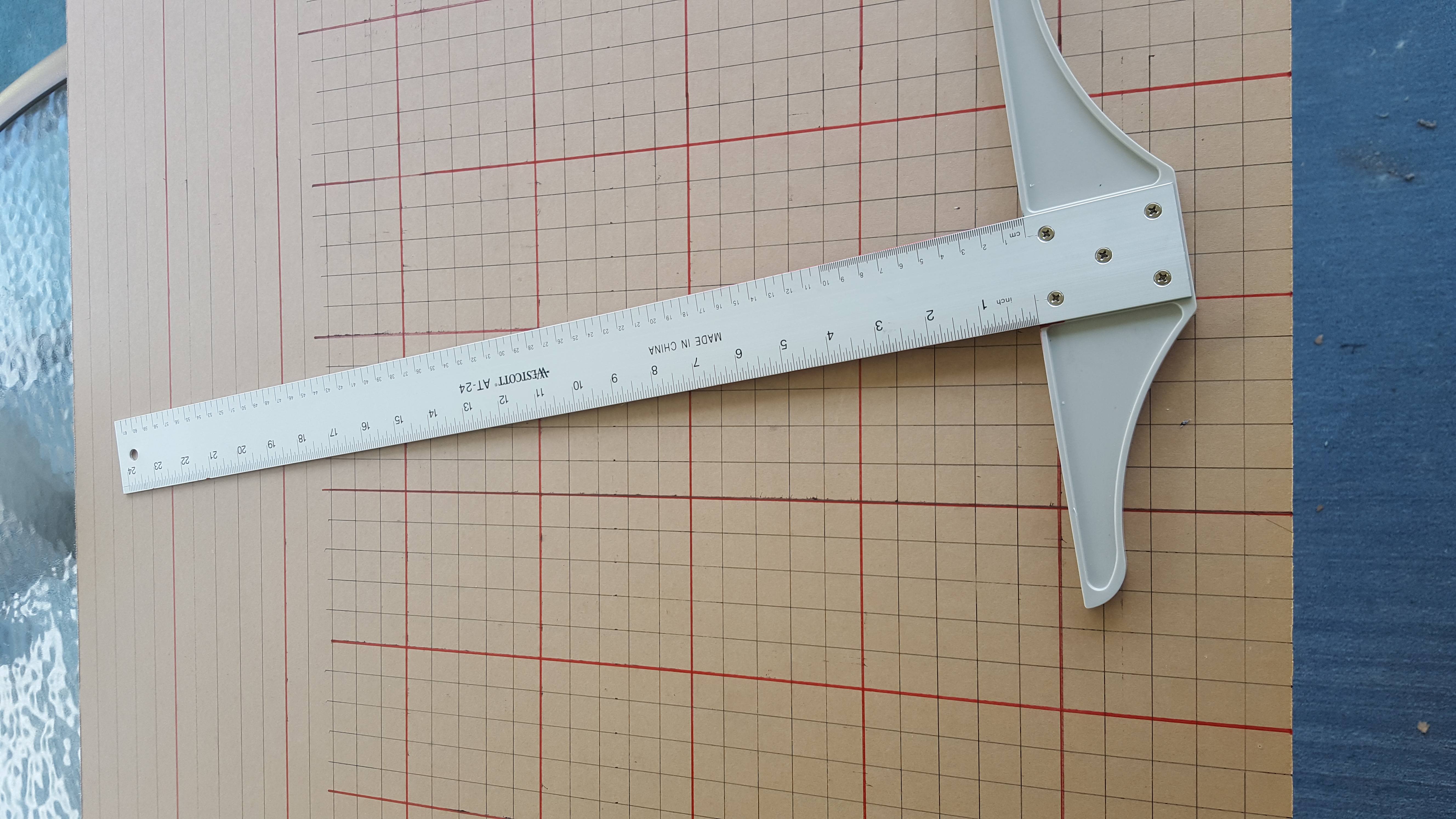This project had me stumped for a little while. I had no trouble finding a book – I chose “The Linux Internet Server” published in 1997. It was the first edition of this book. I never read it. It was part of one of those “clubs” that were all the rage back in the ’80s and ’90s. Sign up and pay like $20 for the initial offer and receive a stack of selected tech books, plus the offer of another book each month at retail cost. Buy three books then quit any time. That’s what I did. This particular book also came with a CD full of Linux server software – cutting edge stuff at the time. The book, and accompanying CD have never been touched. I’ve been carrying this book around for nearly 20 years without ever cracking the binding. And it’s so completely out of date. I also had a printed copy of “The Internet Yellowpages” first edition…no idea where that went. We were so confused about the Internet back then, thinking that we could fit it into our model of printed yellow pages…like that could be some authentic source of directory information…how far we’ve come.
Enough about the book…I had developed a great idea for my time-based flip-book. The animation would start with a seed, a simple brown dot on the page, then grow into a tree…with it being close to Halloween, the tree would morph into a skeletal hand after losing its foliage. The hand would then “hatch” a pumpkin from between its fingers. The pumpkin would grow into a Jack-o-Lantern, mounted on the tree/hand. The hand would then morph into a skeletal creature with a Jack-o-Lantern head, then run back to a single-point perspective, ending as a brown dot, just like how the animation started. Unfortunately, I never got past the tree.
No excuses – I simply lost interest. I was totally consumed by the following Grid Art project (Hendrix piece) – that piece was not transportable, but I intend to redo the piece with 1-inch square glass tiles rather than the squished marbles. I think that concept will work out much better.
So, here it is…my time-based media project, in all its glory…
